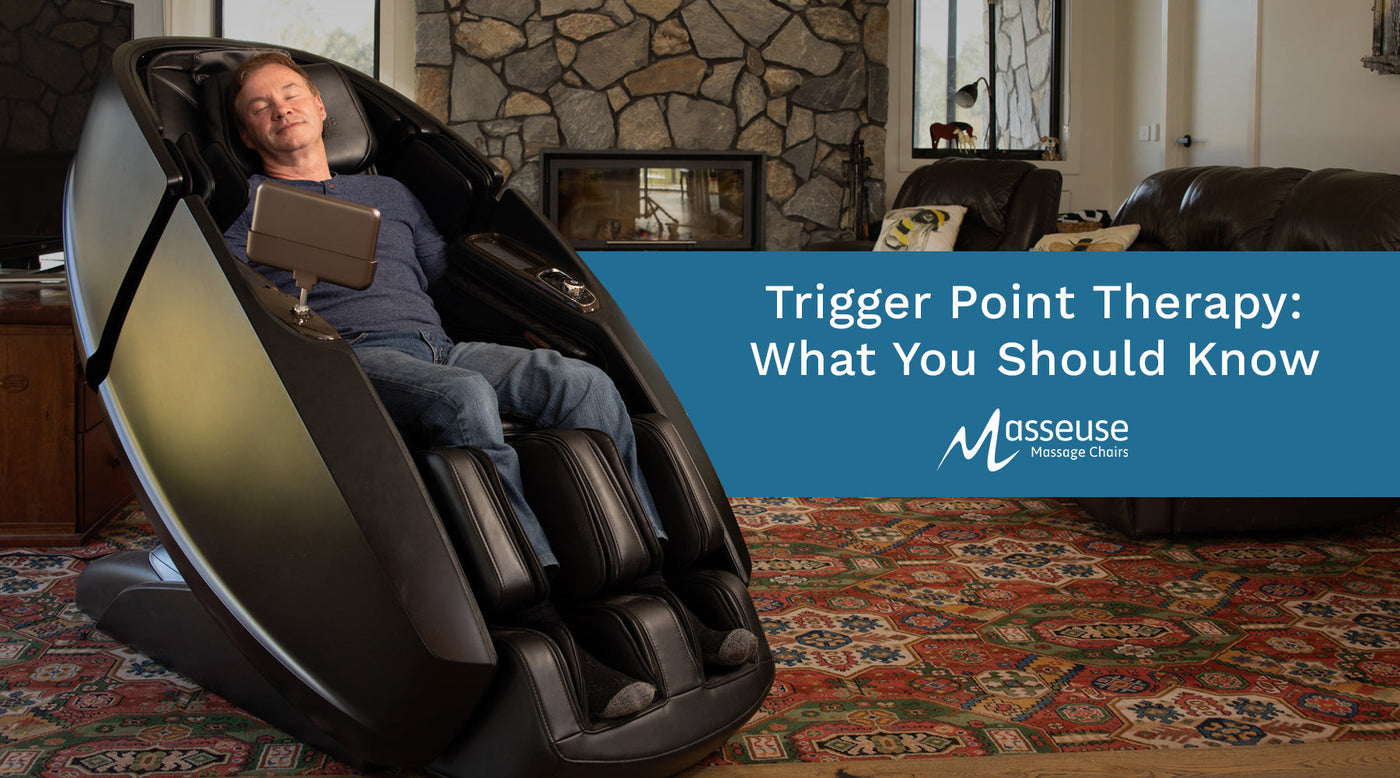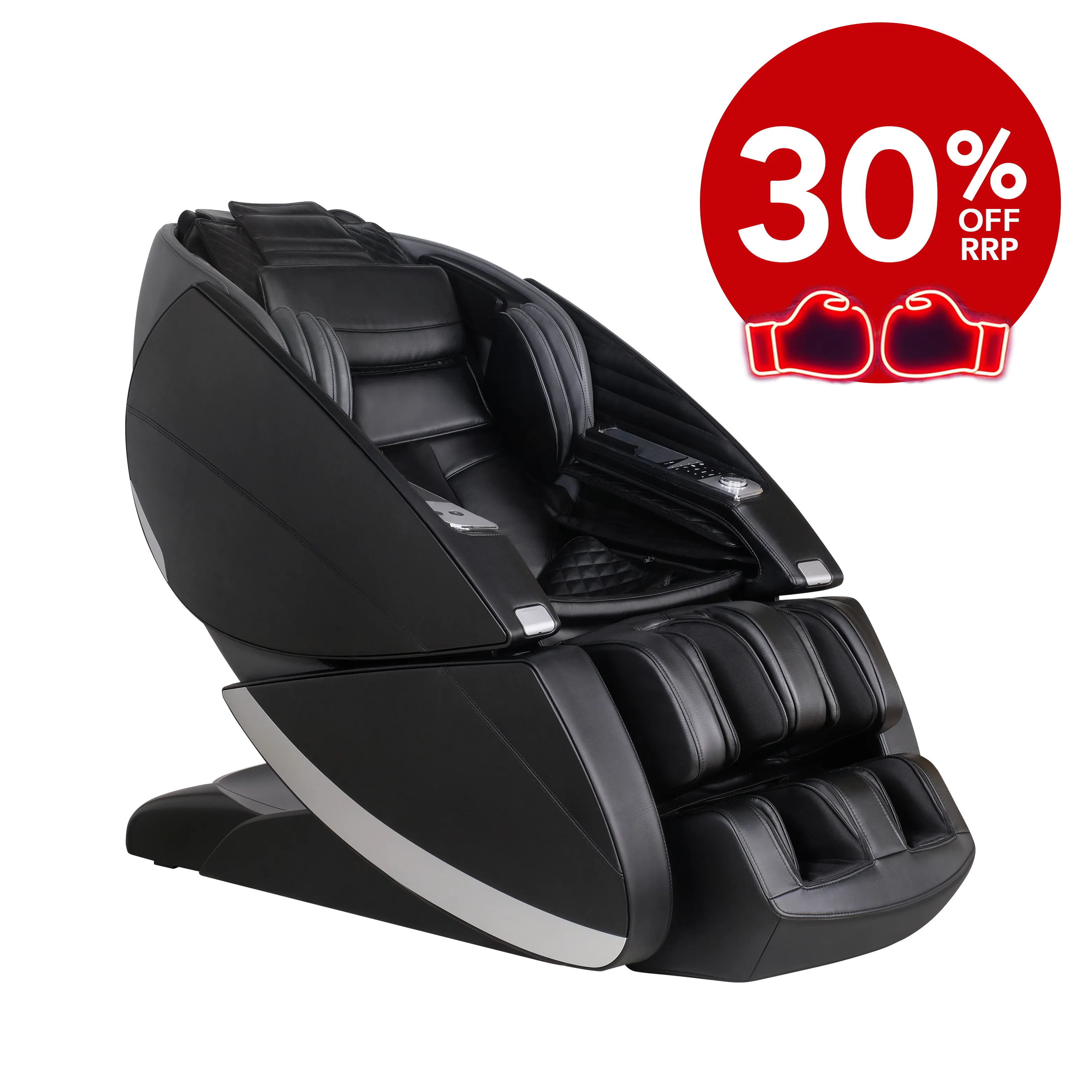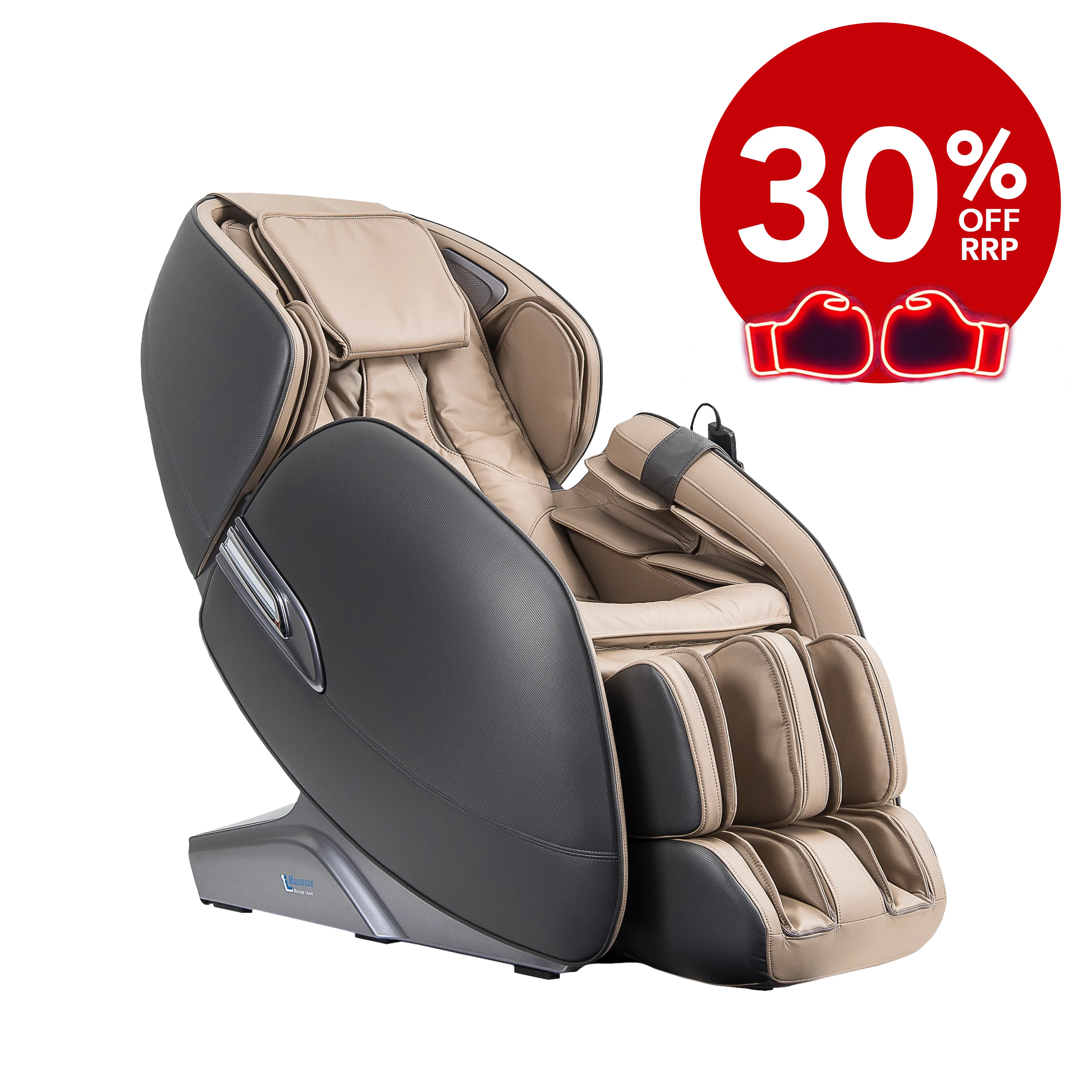
What Is Trigger Point Therapy?
Trigger point therapy is a specialised form of massage that targets specific points of tension within muscles known as trigger points. These are hyperirritable spots located in taut bands of skeletal muscle fibres that can cause localised pain or refer discomfort to other areas of the body.
Often described as "muscle knots", trigger points may form due to muscle overuse, poor posture, stress, or injury. Left untreated, they can lead to ongoing muscular pain, limited range of motion, and even chronic conditions like tension headaches or myofascial pain syndrome.
Trigger point therapy aims to deactivate these points through direct pressure and manipulation, helping to release muscle tightness, restore function, and alleviate pain. It’s used by massage therapists, physiotherapists, and other health professionals as part of a broader pain management or rehabilitation plan.
Types of Trigger Points
Trigger points fall into three primary categories. Understanding the differences can help you identify the root cause of muscle discomfort and how best to treat it.
Active Trigger Points
Active trigger points are those that cause pain spontaneously, without being touched. They are often responsible for persistent aches or referred pain, which means they cause discomfort in a different area from their location. For example, a trigger point in the shoulder may cause pain that radiates down the arm.
These trigger points are commonly caused by acute overload (such as lifting something heavy), repetitive movements, muscle trauma, or chronic postural strain.
Latent Trigger Points
Latent trigger points do not cause pain unless they are compressed. You may not be aware of their presence until a therapist applies pressure and elicits tenderness or a referred pain pattern. Though less disruptive than active points, latent trigger points can still affect muscle performance and flexibility.
They often develop from unresolved muscle tension, minor strains, or prolonged immobility.
Satellite Trigger Points
Satellite trigger points are secondary points that develop in muscles near a primary active trigger point. When the original trigger point disrupts function or posture, surrounding muscles may compensate, leading to tension and the formation of additional trigger points.
Treating the primary trigger point often helps resolve the associated satellite points.
Symptoms Of Trigger Points
Trigger points present a wide range of symptoms that can sometimes mimic other conditions. Common signs include:
- Localised muscle pain or stiffness
- Referred pain (discomfort felt in a different part of the body)
- Restricted range of motion
- Muscle weakness without clear injury
- Sensitivity when pressure is applied to the muscle
To check for trigger points, gently palpate the affected muscle area. If you find a tender, tight band that produces pain when pressed—especially if it refers pain elsewhere—it is likely a trigger point.
What Are The Therapy Treatments?
Trigger point therapy uses various techniques to relieve pain and restore mobility. The most common methods include:
- Manual pressure: A therapist applies sustained, focused pressure directly to the trigger point using fingers, knuckles, or elbows. This pressure helps to interrupt the pain cycle and promote blood flow.
- Dry needling: Thin, sterile needles are inserted into the trigger point to release muscle tension. Unlike acupuncture, this technique targets specific muscular issues rather than energy meridians.
- Myofascial release: A broader technique that involves gentle stretching and manipulation of the fascia (the connective tissue around muscles).
- Spray and stretch: A cooling spray is applied to the skin, followed by stretching to help lengthen tight muscles.
- Trigger point massage: Used in combination with stretching to relax the surrounding tissues and support overall muscular balance.
How To Self-Treat Trigger Points?
While professional trigger point treatment is ideal, many people find self-care techniques useful. Common approaches include:
- Trigger point tools: Devices like foam rollers and massage balls allow you to apply targeted pressure to affected areas.
- Manual compression: Using your fingers or a ball to press into the trigger point for 30–60 seconds, then releasing slowly. Repeat as needed.
- Stretching: Gentle, sustained stretching of the affected muscle helps to lengthen fibres and relieve tension.
- Heat therapy: Applying a warm pack before self-treatment can increase circulation and reduce stiffness.
Trigger Points Prevention
Preventing trigger points is often more effective (and less painful) than treating them. Here are several strategies to reduce your risk:
- Maintain good posture: Whether at a desk or on your feet, proper alignment reduces unnecessary strain on your muscles.
- Take movement breaks: Prolonged sitting or repetitive tasks can lead to trigger points. Short stretching or walking breaks every hour help keep muscles active.
- Exercise regularly: Strength training and cardiovascular exercise promote muscle health and circulation.
- Stretch daily: Incorporate flexibility training or yoga into your routine to keep muscles supple.
- Hydration and nutrition: Dehydrated muscles are more prone to fatigue and cramping. Drinking enough water and eating a balanced diet supports muscular function.
- Manage stress: Chronic stress contributes to muscle tension. Techniques such as deep breathing, meditation, and mindfulness can reduce the risk of tension-related trigger points.
What To Expect At A Trigger Point Therapy Session
If you’re considering professional trigger point therapy, here’s what a typical session might involve:
Before the Session
- Wear loose, comfortable clothing.
- Stay hydrated before and after your appointment.
- Be prepared to discuss your health history, current symptoms, activity levels, and any past injuries.
During the Session
- Assessment: Your therapist will palpate the muscle tissue to identify trigger points, assess your range of motion, and locate referred pain patterns.
- Treatment: Techniques such as manual pressure, stretching, or dry needling will be used to release the trigger points. This may cause mild discomfort or a "good pain" sensation, but it should not feel unbearable.
- Feedback: You’re encouraged to communicate with your therapist. Let them know if the pressure feels too intense or if you experience referred pain.
After the Session
- Mild soreness is common and should subside within 24–48 hours.
- Drink plenty of water to help flush metabolic waste from the body.
- Gentle stretching or light movement can enhance the benefits of treatment.
With ongoing therapy and preventive care, many people experience reduced pain, improved mobility, and enhanced overall quality of life.






)





